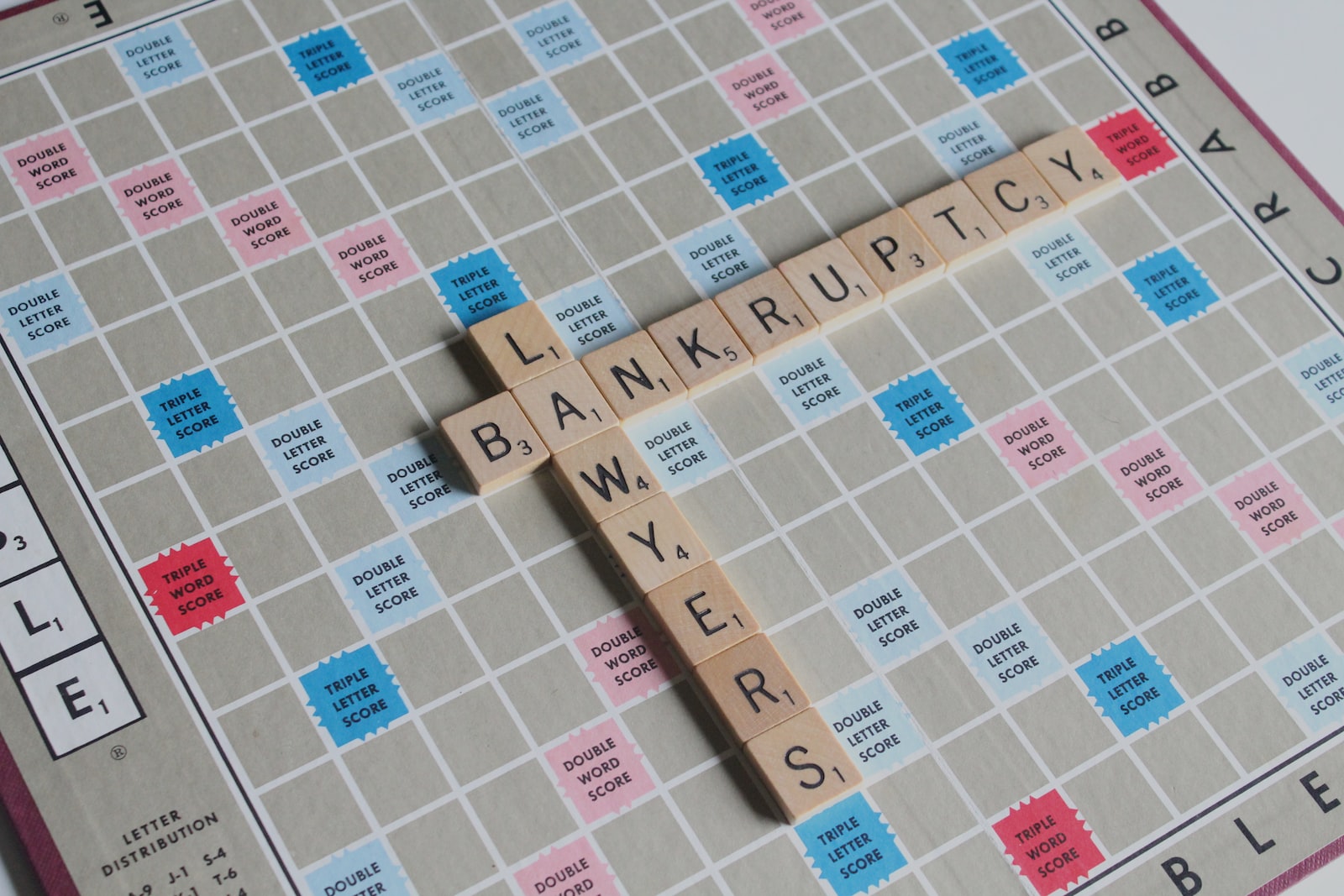
How to file for bankruptcy without causing a financial crisis
Table of Contents
Bankruptcy attorneys can help clients through a variety of difficult bankruptcy scenarios. They can help clients with limited resources, help clients file for bankruptcy before it becomes necessary, and help clients through the entire bankruptcy process.
If you are considering filing for bankruptcy, there are a few things you need to keep in mind. First and foremost, bankruptcy is not a decision you should take lightly. It can have serious consequences for your financial future, including loss of income, increased debt, and decreased credit ratings.
If you do decide to file for bankruptcy, there are a few things you need to do in order to minimize the potential for a financial crisis. First, consult with a bankruptcy attorney to make sure you are filing the correct type of bankruptcy. There are five types of bankruptcy: individual, joint, Chapter 7, Chapter 13, and Chapter 11. Each has its own set of rules and consequences, so it is important to consult with an attorney to ensure you are filing the right type of bankruptcy for your specific situation.
Once you have determined the type of bankruptcy you are filing, you need to gather all the information necessary to file. This includes your financial statements, tax returns, and any other documentation that may be relevant to your case.
Finally, you will need to create a bankruptcy plan. This plan will outline how you will repay your debts and what steps you will take to improve your financial situation. It is important to remember that a bankruptcy plan is not a guarantee that you will be able to avoid financial consequences, but it can help you take the first steps in rebuilding your finances.
How to file for bankruptcy without causing a financial crisis
There are a few things that you need to keep in mind if you want to file for bankruptcy without causing a financial crisis. First and foremost, you need to be aware of the various bankruptcy options that are available to you.
There are five main types of bankruptcy: Chapter 7, Chapter 13, Chapter 11, Chapter 12, and Chapter 15.
Chapter 7 is the most common type of bankruptcy and is the easiest to file. Chapter 7 allows you to discharge all of your debt, with the exception of certain child support and alimony payments.
Chapter 13 is a more difficult bankruptcy option and is best for people who have heavy debt burdens and good credit history. Chapter 13 allows you to repay your debt over a period of three to five years. During this time, you will also have to meet specific financial obligations, such as monthly mortgage payments and car payments.
Chapter 11 is a bankruptcy option that is best for businesses. Chapter 11 allows businesses to restructure their debt and keep their business going.
Chapter 12 is a bankruptcy option that is best for people who have a lot of debt and a low income. Chapter 12 allows you to keep your house and some of your other assets, but you will have to pay back your debt over a period of ten years.
Chapter 15 is a bankruptcy option that is best for people who have a lot of debt and no assets. Chapter 15 allows you to discharge all of your debt, with the exception of certain child support and alimony payments.
The different types of bankruptcy filings and what to expect
There are three main types of bankruptcy filings: Chapter 7, Chapter 13, and Chapter 11.
Chapter 7 bankruptcy is the most common type of bankruptcy. This bankruptcy filing is used when a person cannot pay back debts. All of a person’s property, including homes and cars, is sold off to pay back creditors.
Chapter 13 bankruptcy is used when a person cannot pay back debts and also cannot afford to pay back all of their debts at once. This bankruptcy filing allows a person to keep their property and pay back creditors over time.
Chapter 11 bankruptcy is used when a person cannot pay back debts and also cannot find a way to get their business back on track. This bankruptcy filing allows a person to keep their property and give up some of their rights, such as the right to vote.
The pros and cons of bankruptcy for businesses
When a business goes bankrupt, it can have a number of consequences.
The most obvious consequence is that the business is shut down and its assets are sold off. This can be a major blow to the employees, who may lose their jobs, and to the customers, who may have to wait longer for their orders.
More importantly, bankruptcy can have a major impact on a business’s finances. When a business goes bankrupt, its creditors may demand that it pay them back immediately. This may be a major financial challenge for the business, especially if it is already in debt.
Finally, bankruptcy can have a negative impact on a business’s reputation. When a business goes bankrupt, it is likely to become the target of negative publicity. This can be a major problem for the business, since it may struggle to get new customers and may have trouble recruiting new staff.


